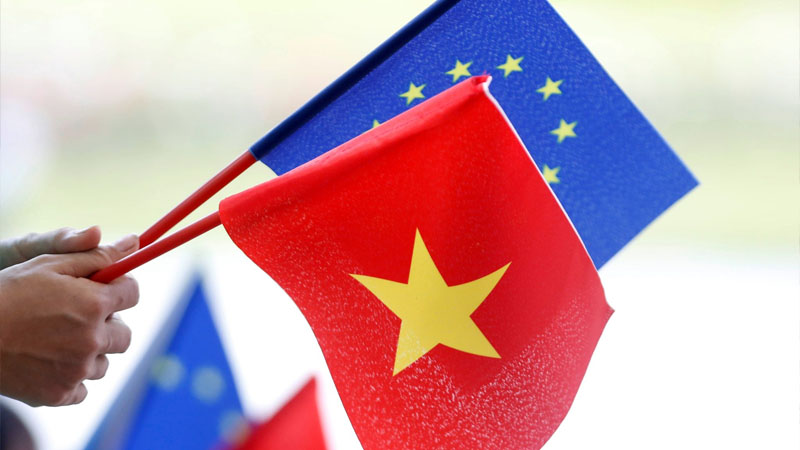Exclusive content

As of May 15, 2024, Vietnamese shrimp exports to the EU have reached USD 134 million, marking a modest increase of 1.2% compared to the same period last year. Despite a relatively flat performance in cumulative figures for the year, recent months have shown promising growth trends. Demand in the EU market is notably rising, particularly for certified shrimp products, indicating a positive outlook for the upcoming quarters.
Japanese Market: Stability with Potential for Growth
Vietnam’s shrimp exports to Japan totaled USD 161 million by mid-May 2024, reflecting a slight decline of 3% year-over-year. Similar to the EU market, the Japanese sector has witnessed fluctuating export values, but with signs of recovery since April. Although the yen’s devaluation and the impact of Golden Week have slowed orders, the market remains optimistic about future growth potential in the second quarter.
Vietnamese shrimp exports to China surged to USD 223 million as of mid-May 2024, marking an impressive 31% increase. Despite this growth, recent months have seen a decline in exports to China, primarily due to slowing demand for frozen shrimp. The market faces intensified competition from Ecuador, which benefits from a recent tariff reduction under a bilateral trade agreement. Moreover, domestic shrimp production in China has surged, exerting pressure on imported shrimp prices and necessitating adjustments in raw material costs by exporters.
Challenges and Strategies for Vietnamese Exporters
Despite the overall positive performance in key markets, Vietnam’s shrimp export sector continues to confront several challenges. These include declining export prices, fierce competition from global suppliers, rising transportation and input costs, as well as broader geopolitical tensions and economic uncertainties.
In response to these challenges, Vietnamese shrimp exporters are actively strategizing for sustainable growth. Initiatives include enhancing product quality, emphasizing product differentiation in the market, and integrating advanced technologies across production and farming processes. These efforts aim to improve efficiency, reduce production costs, and strengthen Vietnam’s position in the competitive global shrimp market.